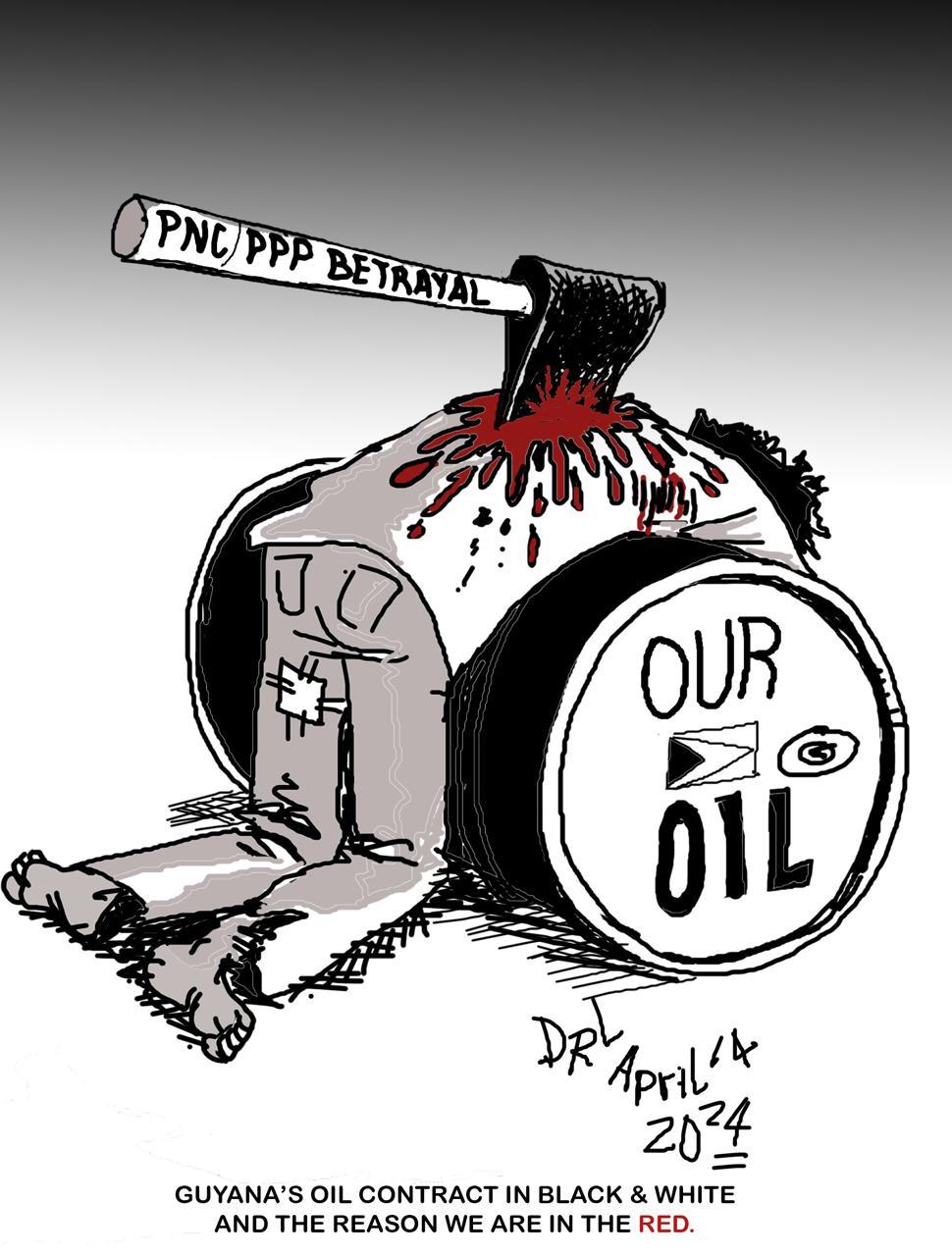Latest update April 20th, 2024 12:36 AM
Latest News
- 36MW power ship to cost Guyana US$2.4M annually, minus fuel
- Sixth oil project to further batter fishing industry – Exxon Study reveals
- Israel has attacked Iran
- Jagdeo blames evaluation team for handing ‘Critic’ $865M pump station contract
- ExxonMobil shareholders pushing for Darren Woods to be removed as CEO
Using oil as an agent of development remains Guyana’s medium-term challenge – IDB
Apr 26, 2019 News

Guyana faces development challenges on several fronts, including the government’s institutional capacity and weaknesses in infrastructure, health and education. In the midst of this testing environment, Guyana is transitioning to becoming an oil producer, beginning in 2020, which is expected to have significant economic and fiscal impacts.
It is based on this premise that the Inter-American Development Bank (IDB) states that Guyana’s main challenge in the medium-term will be to translate the government’s newfound sources of income into an agent for economic transformation and development.
In one of its latest reports, the Bank said, “Guyana’s infrastructure stock is inadequate to support delivery of public services or facilitate private sector growth. The country’s transportation infrastructure (roads, airports and seaports) requires substantial improvements to support the growth of the private sector. The energy sector also hinders private sector development.”
The financial institution continued, “Guyanese firms report high energy costs as a major obstacle to business operations (Compete Caribbean, 2014). In fact, in the World Bank’s 2019 Doing Business report, Guyana’s rank dropped from 126th to 134th, mainly due to a significant decline in the score for electricity. In water and sanitation, despite limitations in the quality of water, sanitation, and drainage, the United Nations (2015) reports that 98 percent of the population has access to improved drinking water sources and 84 percent has access to improved sanitation facilities.”
The IDB added, “Guyana also underperforms relative to countries in the region on telecommunications as measured by United Nations technology indices.”
PROJECTIONS
Since 2015, 13 oil discoveries have been made in the Stabroek Block with estimated recoverable resources of more than 5 billion oil-equivalent barrels. According to the International Monetary Fund’s World Economic Outlook (2018), Guyana’s economy is expected to grow at an average annual rate of 19 percent between 2019 and 2023.
Similarly, the IDB has said that the value of exports is expected to grow by 37 percent per year and that of imports by 14 percent over the same period.
The bank said that Government revenues are projected to increase 15 percent per year. Government oil revenues, moreover, are expected to exceed US$3 billion in 2028, in an economy with a current GDP of US$3.6 billion.
Further to this, the IDB said that infrastructure investment averaged 3.4 percent of GDP between 2011 and 2015, below the Latin America and the Caribbean (LAC) average of 3.7 percent. It said, too, that Government investment in Guyana, as measured by net acquisition of nonfinancial assets as a percentage of GDP, is below the 10-year average of 8.5 percent, but has been increasing since 2015 and is expected to reach 8.7 percent in 2019 and 13 percent of GDP in 2022.
Share this:
- Click to print (Opens in new window)
- Click to email a link to a friend (Opens in new window)
- Click to share on Facebook (Opens in new window)
- Click to share on WhatsApp (Opens in new window)
- Click to share on Twitter (Opens in new window)
- Click to share on Pinterest (Opens in new window)
- Click to share on Pocket (Opens in new window)
- Click to share on Tumblr (Opens in new window)
- Click to share on Reddit (Opens in new window)
- Click to share on LinkedIn (Opens in new window)
Related
Similar Articles

The Glenn Lall Show | April. 15th, 2024
Follow on Tik Tok @Glennlall
Where is the BETTER MANAGEMENT/RENEGOTIATION OF THE OIL CONTRACTS you promised Jagdeo?
THE BLUNT OF THE DAY

Sports
Apr 20, 2024
Kaieteur Sports – The Essequibo Cricket Board, as part of drive to enhance the growth of cricket in the county, has launched yet another academy. This time the East Bank of Essequibo is the...Features/Columnists
When in Guyana, make sure you wipe before you wash
Kaieteur News – Once a habit has been drilled into you, it returns almost automatically when you return to the setting... more
Embassy Raid Sparks Outcry: Urgent Healing Action Needed
By Sir Ronald Sanders Waterfalls Magazine – On April 10, the Permanent Council of the Organization of American States... more
Publisher’s Note
Freedom of speech is our core value at Kaieteur News. If the letter/e-mail you sent was not published, and you believe that its contents were not libellous, let us know, please contact us by phone or email.
Feel free to send us your comments and/or criticisms.
Contact: 624-6456; 225-8452; 225-8458; 225-8463; 225-8465; 225-8473 or 225-8491.
Or by Email: [email protected] / [email protected]
Weekend Cartoon















